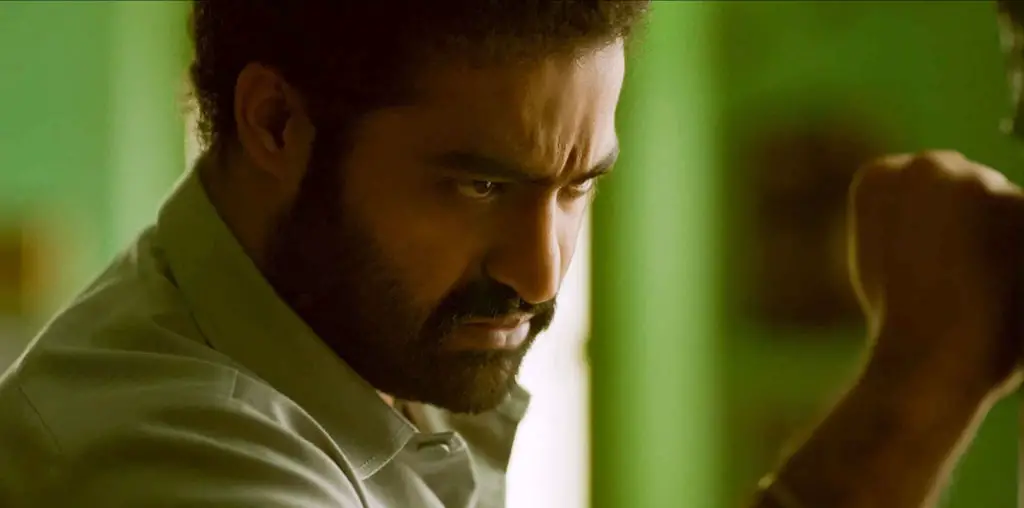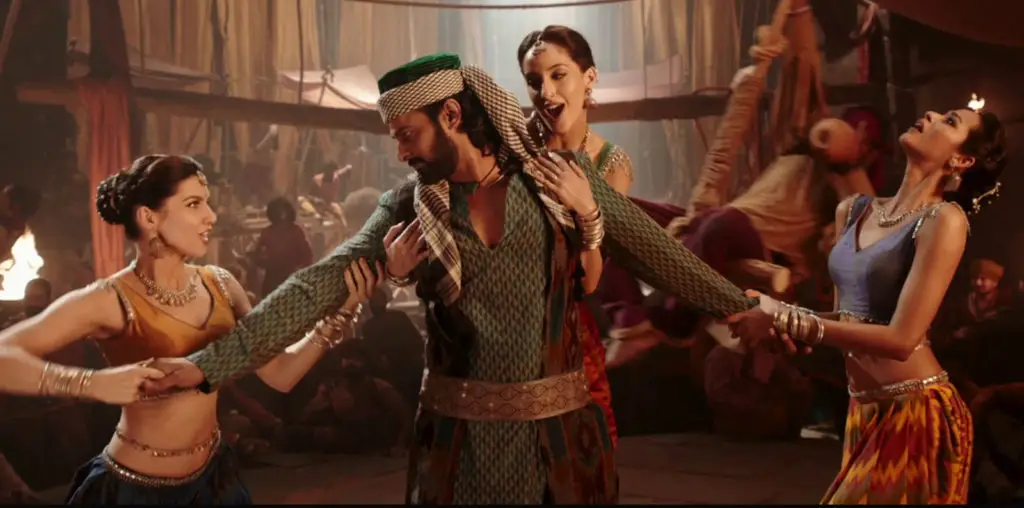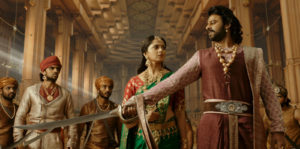
Baahubali 2: The Conclusion picks up seconds after the climax of the original film, midway through Kattappa (Sathyaraj), recounting the story of Bahubali’s father, Amarendra (Prabhas). Most of this sequel’s nearly three-hour run time is dedicated to the love story between Amarendra and Devasena (Anushka Shetty). The focus on love, loss, and betrayal strengthens the climatic showdown between Bahubali and his usurper uncle, Bhalladeva (Rana Daggubati). This epic action film brings closure to S.S. Rajamouli’s masterpiece of bittersweet romance and colossal battles.
The first two-thirds fill in the gaps and raise the stakes outlined in the original film. Shortly into the story, Amarendra finds himself posing as a humble servant while seeking the affection of the beautiful Devasena, longing for her to love him not as a prince but as a commoner. While romance blooms, Amarendra’s adopted brother, Bhalladeva, seeks the throne, leading to political manipulation, massive battles, and a warrant for the head of Amarendra.
Heading into the final act of Baahubali 2, Rajamouli returns to our heroes from the first film and to the monumental action pieces that have made him a titan of Tollywood. Despite being a two-film “franchise,” every moment leading to the credits is filmed as though decades in the making. Final fight sequences are a wall-to-wall payoff for even the most subtle foreshadowing from the first film. The climax feels like a conclusion to an MCU-style cinematic event years in the making.
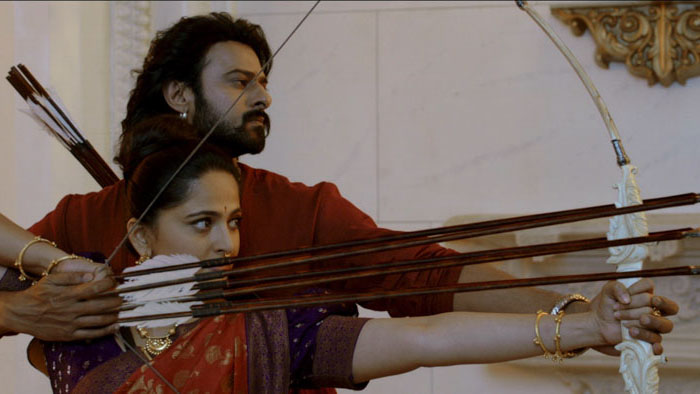
“…Bhalladeva, seeks the throne, leading to political manipulation, massive battles, and a warrant for the head of Amarendra.”
Prabhas continues his dual role playing both father, Amarendra, and son Mahendra Bahubali (both known primarily as their surname throughout the films). While the romance between Devasena and Amarendra is at the core of the first half, the relationship between aging warrior Kattappa and the Bahubali family is phenomenal. Sathyaraj’s performance is breathtaking as he captures the complexities of a character living in slavery, devoted to Devasena, a friend to Amarendra, and a mentor to Mahendra. Sathyaraj’s nuanced performance allows for a powerful climax and makes each victory even sweeter.
Viewing Baahubali: The Beginning and Baahubali 2: The Conclusion in tandem allows the viewer to witness Rajamouli’s steps towards the mesmerizing RRR. He takes influences from the color pallets of Hero, the violence of Braveheart, and the herculean slow-motion action of 300 and hurls them into a magnificent cinematic experience. Through this pantheon of influences, Rajamouli creates a film with hypnotic action yet never shying away from passionate romance or poetic cinematography. These elements lay the groundwork for exciting future projects and make an outstanding introduction to Tollywood films.
While moments may not feel as strong as the original or RRR, the adrenaline-fueled climax still makes the film a fantastic experience. Rajamouli boasts enough fight sequences to compete with any blockbuster and yet plenty of rich color and culture for any art house. It’s a film for cinephiles around the globe and an easy gateway into a deeper world of international cinema.
Sequels can rarely hope to live up to the hype of the original film while still managing to break new ground. Baahubali 2: The Conclusion seems to do what so few films can by creating a compelling continuation for our characters without alienating what made fans love the first one. A thrilling adventure with an Aargorn-esque Prabhas brings Bahubali to life with zealous conviction, accompanied by a solid cast, moving score, and the keen eye of Rajamouli, the film is a future classic.
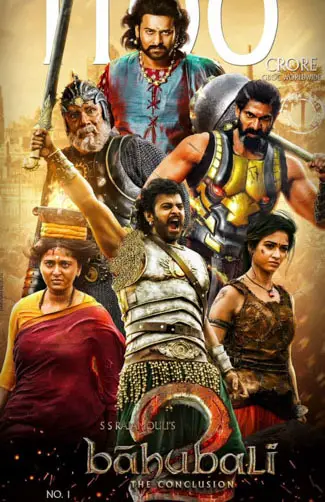
"…a compelling continuation for our characters without alienating what made fans love the first one."
